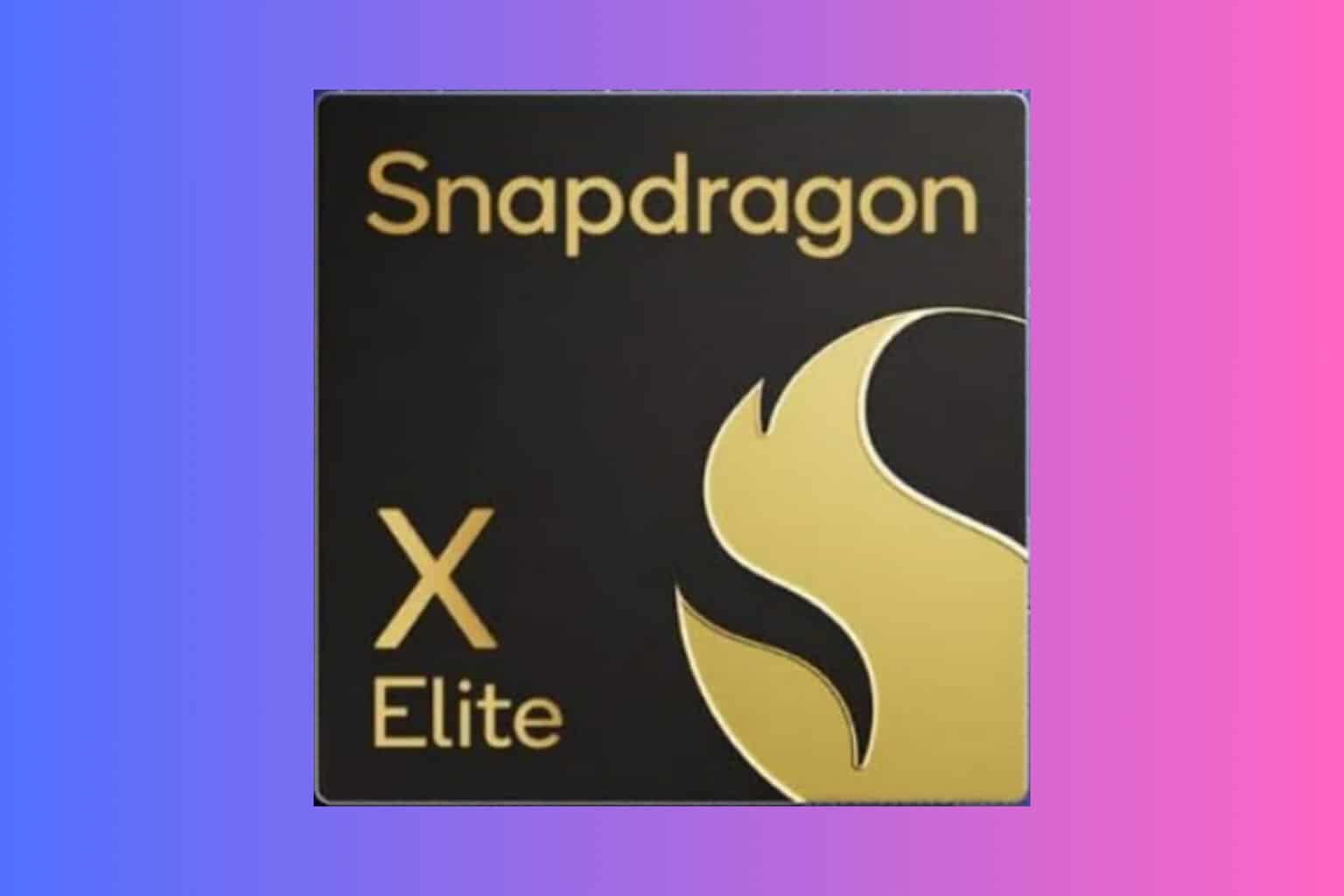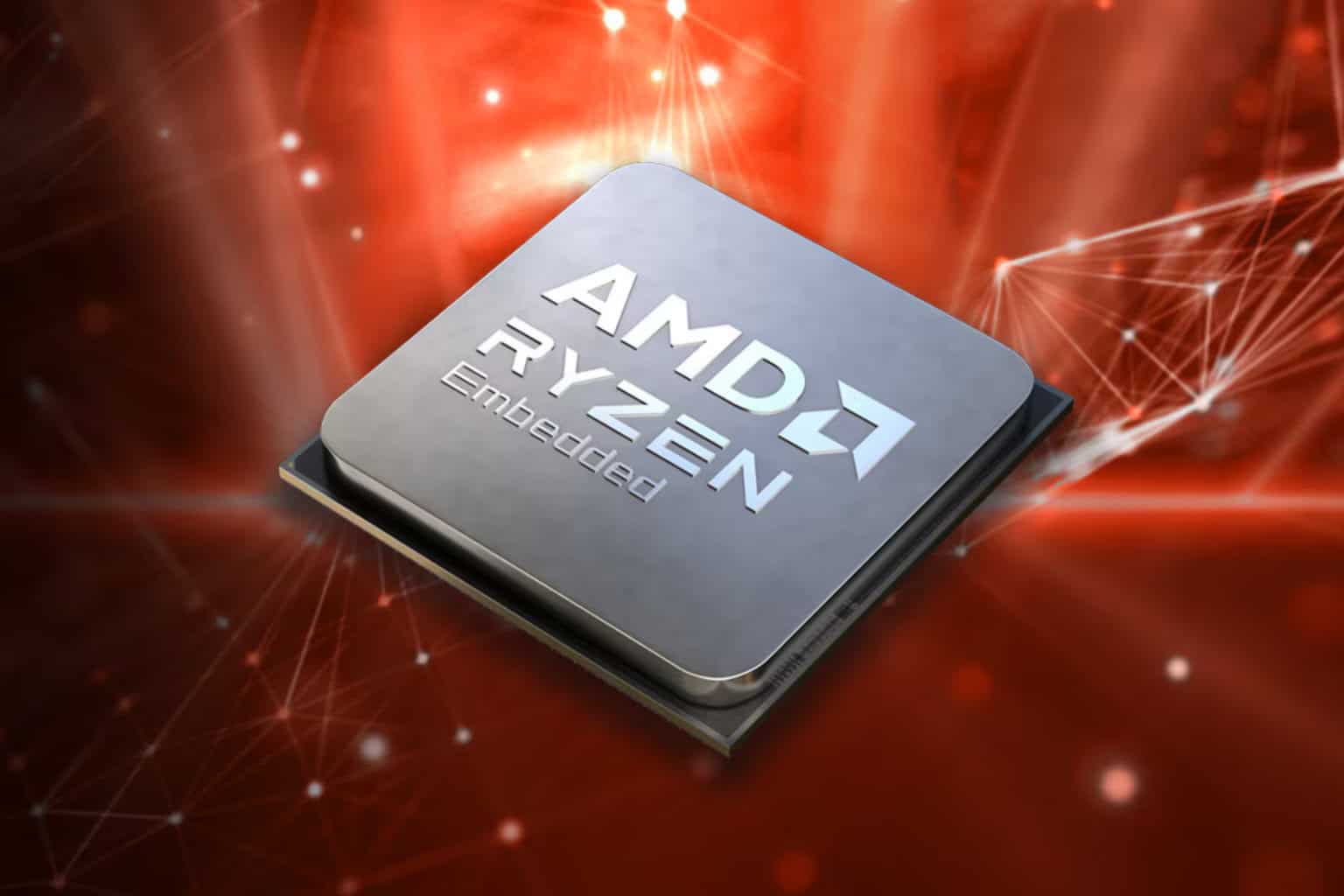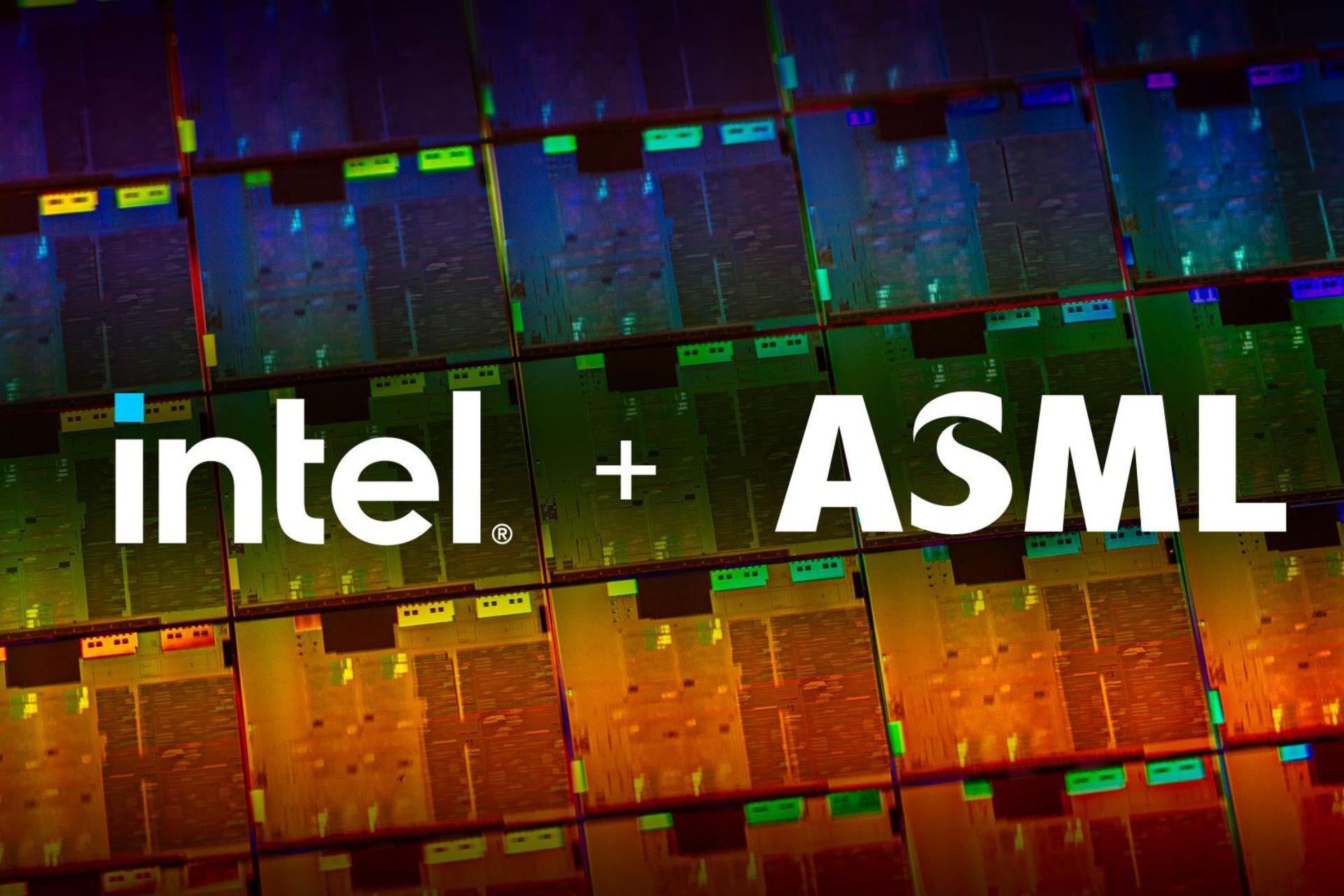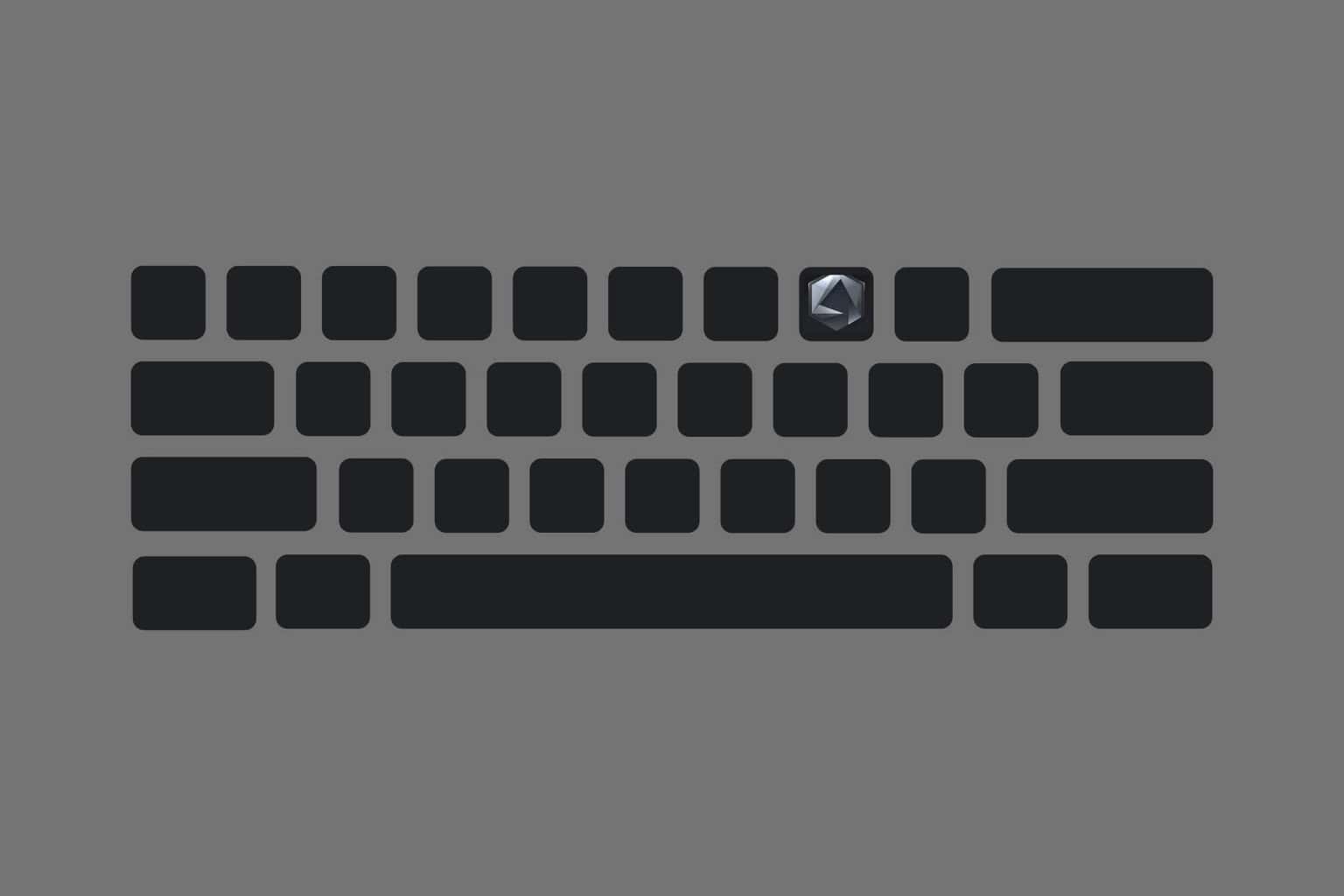AMD Ryzen AI 9 HX 370: Everything You Need to Know
This is a pretty powerful CPU that brings AI to your fingertips
3 min. read
Published on
Read our disclosure page to find out how can you help Windows Report sustain the editorial team. Read more

The Ryzen AI 9 HX 370 chip, part of the Ryzen AI 300 series, is AMD’s bold step into the future, marrying the cutting-edge Zen 5 microarchitecture with the RDNA 3.5 graphics architecture. Here, we’ll see what makes this chip stand out in a sea of processors clamoring for attention.
AMD Ryzen AI 9 HX 370 specifications and performance
First, let’s take a look at the Ryzen AI 9 HX 370 tech specs provided by AMD:
| Features | Value |
| Name | AMD Ryzen AI 9 HX 370 |
| Family | Ryzen |
| Series | Ryzen AI 300 Series |
| Form Factor | Laptops, Desktops |
| AMD PRO Technologies | No |
| Consumer Use | Yes |
| Regional Availability | Global |
| Former Codename | Strix Point |
| Architecture | 4x Zen 5, 8x Zen 5c |
| # of CPU Cores | 12 |
| Multithreading (SMT) | Yes |
| # of Threads | 24 |
| Max. Boost Clock | Up to 5.1 GHz |
| Base Clock | 2 GHz |
| L2 Cache | 12 MB |
| L3 Cache | 24 MB |
| Default TDP | 28W |
| AMD Configurable TDP (cTDP) | 15-54W |
| Processor Technology for CPU Cores | TSMC 4nm FinFET |
| Package Die Count | 1 |
| AMD EXPO Memory Overclocking Technology | Yes |
| Precision Boost Overdrive | Yes |
| Curve Optimizer Voltage Offsets | Yes |
| CPU Socket | FP8 |
| Supported Extensions | AES, AMD-V, AVX, AVX2, AVX512, FMA3, MMX-plus, SHA, SSE, SSE2, SSE3, SSE4.1, SSE4.2, SSE4A, SSSE3, x86-64 |
| Max. Operating Temperature (Tjmax) | 100°C |
| OS Support | Windows 11 – 64-Bit Edition, RHEL x86 64-Bit, Ubuntu x86 64-Bit |
The Ryzen AI 9 HX 370 is powered by AMD’s latest Zen 5 CPU microarchitecture, which promises notable performance enhancements not just from higher clock speeds. This signifies a crucial approach: rather than depending on increased clock rates, AMD emphasizes the efficiency of each core to deliver more performance per watt. Moreover, in our current era where power efficiency is equally essential to pure power, such method may prove to be a game-changer for notebooks.
However, AMD did not only do this. They also understand that Artificial Intelligence (AI) is becoming more crucial in computing. Therefore, they have given the Strix Point an XDNA 2-based NPU which can deliver performance of up to 50 TOPS. This addition is not just a symbol for future; it’s a clear answer to the rising need for AI abilities in regular devices. Imagine your laptop being smarter and more intuitive, all thanks to this chip.
The shift to RDNA 3.5 for the integrated graphics is an additional good point. The choice of AMD to enhance its graphics structure in the Strix Point chip implies improved visuals and more effective rendering. Whether you play games or work on projects that have heavy graphics demands, this chip is made for handling it all without difficulty.
However, why is it important for you to pay attention to all these technical terms? The reason is that they directly relate to tangible advantages. Reduced processing time, improved graphics performance and better AI incorporation equates to a notebook which not only functions as a device but also possesses the strength required for coping with present-day existence. Also, AMD is highlighting its focus on portable computing by introducing mobile chips before Intel.
Laptops equipped with AMD Ryzen AI 9 HX 370

ASUS Zenbook S 16, which carries the Ryzen AI 9 HX 370, shows what this new chip can achieve. It has a configurable TDP, Lumina OLED display and set of features made for both portability and performance making it like looking into future notebooks. Starting from $1699 as its base cost, this laptop is seen to be a high-quality choice for people who want the finest available options.
Summing up, AMD’s Ryzen AI 9 HX 370 is a pretty good CPU to have in your laptop, bringing all the latest tech to your fingertips. And it’s not just about the specs; it’s about what those specs enable you to do.
If you want to know if your laptop has an NPU, check out the highlighted guide for reference.
For any other questions, you can check the comments section below and leave us a line there.








User forum
0 messages